It’s important to understand the behavior and motivations of our target users to create successful apps. Design thinking offers a clear method for collecting user insights. These insights are then used to create innovative and practical solutions.
In today’s business world, more and more companies understand that customer experience is about more than just their products and services. A McKinsey study shows that companies using design thinking regularly see a 33% increase in revenue and 56% higher returns for shareholders compared to those that don’t.
Companies are beginning to see how AI can enhance the design thinking process. A survey by Adobe found that about two-thirds of UX designers use AI tools to handle repetitive tasks and increase their efficiency. Additionally, a PwC study suggests that AI could contribute an impressive $15.7 trillion to the global economy by 2030. To learn more about this synergy, consider exploring resources provided by Linkup Studio.
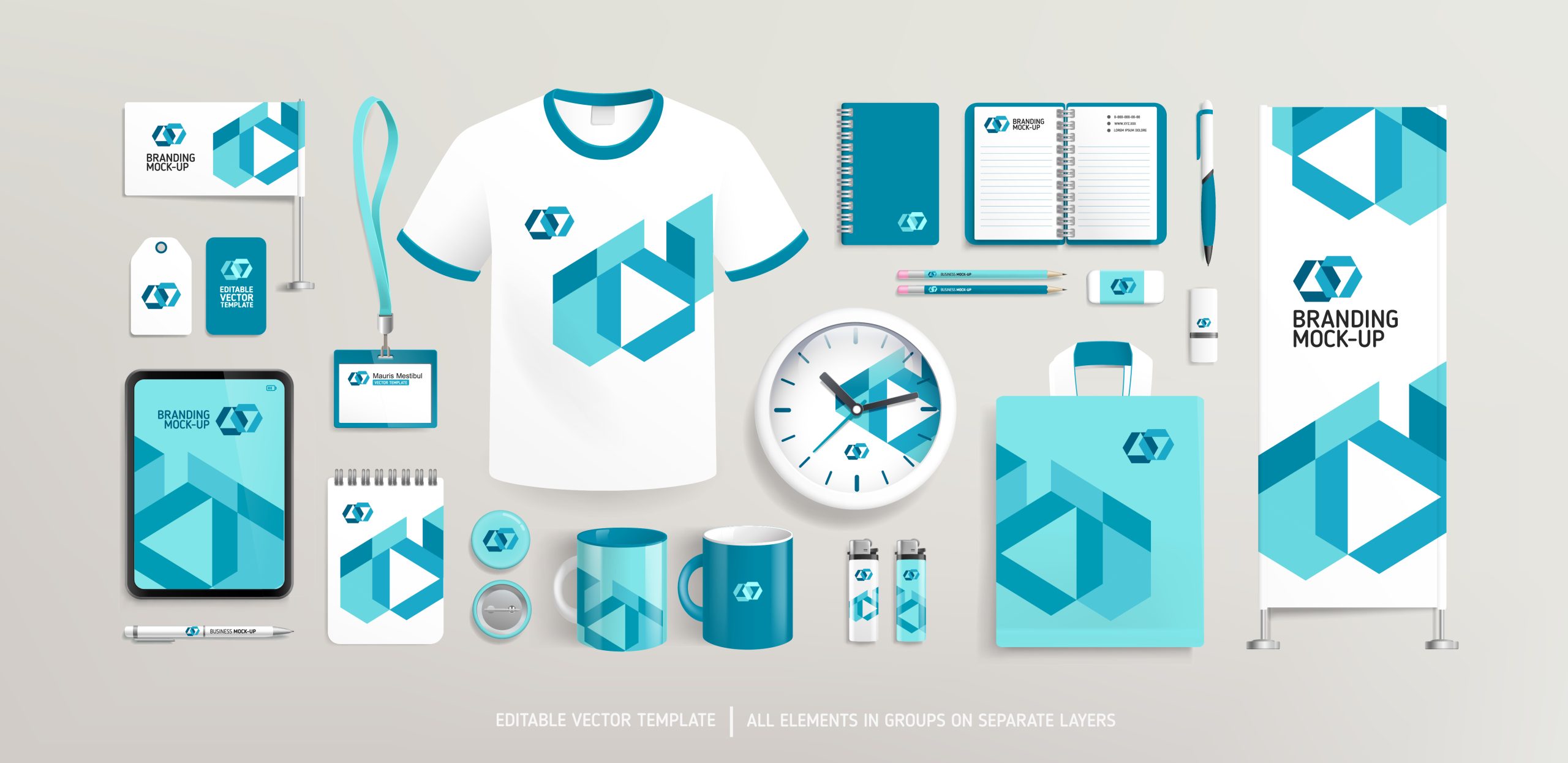
Organizations need to keep adopting new ideas and techniques. Using AI tools along with design thinking can open up new opportunities. Let’s explore why design thinking is important for app development and how AI could shape its future. For further insights into the integration of AI in design thinking, you might find articles on product design useful.
Understanding the Value of Design Thinking
Design thinking reduces the risk of creating a product that nobody wants. When you use the design thinking process correctly, your chances of making a successful product go up. Each step in the process guides you on the right path for development.
Design thinking works well for solving new and unclear problems because of its structured approach. It’s built on key steps like brainstorming, making prototypes, and testing. You repeat these steps until you find the best solution. The process is iterative, meaning it involves continuous trials and improvements. This way, you can avoid big mistakes and make sure the final app meets user needs. For an in-depth look at how this process works in real-life scenarios, this video might be helpful.
Your team could be tired of using old methods for product development. Introducing design thinking can give them more freedom. It encourages them to think differently and come up with creative ideas.
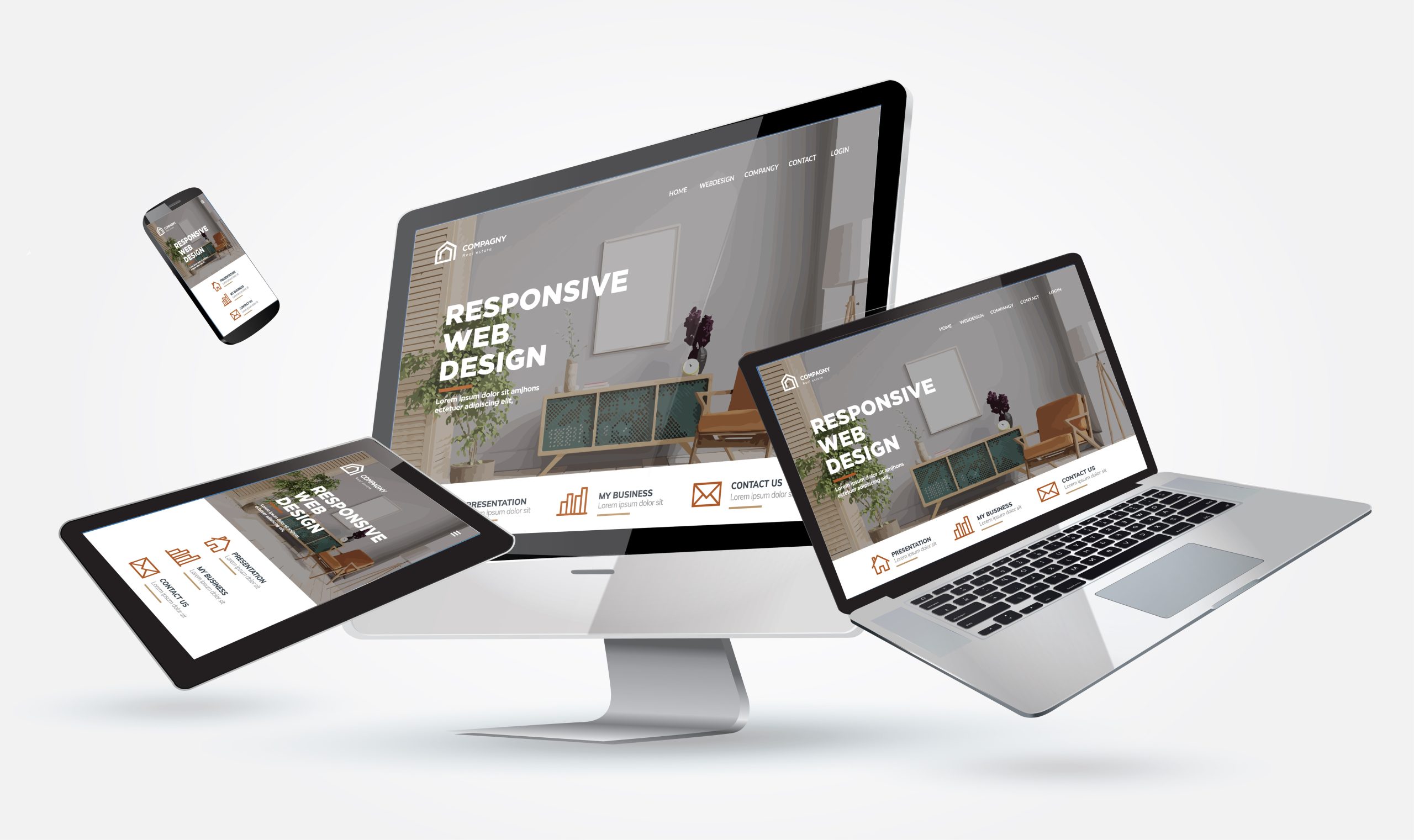
A notable example of design thinking in action is the fashion brand Burberry. They were dealing with an image of being old-fashioned and not keeping up with current trends. To address this, they focused on understanding the preferences and behaviors of new customers. Burberry improved its social media efforts, which helped it become more appealing and build stronger relationships with its audience.
How AI Enhances the Design Thinking Process
Artificial intelligence tools can improve the design thinking process in many new and unexpected ways.
Understanding and Clarifying Needs
For design thinking to work well, companies must understand the users of their apps. By really getting what users need, think, and feel, and by seeing how your product can make their lives better, you can develop a more effective solution.
AI tools, including natural language processing and machine learning, help analyze user feedback in UX and UI design. They find patterns and feelings in the feedback, which helps understand what users need. Tools like Google Analytics, Hotjar, UXCam, and IBM Watson make analyzing this data easier and improve the process of researching user needs.
For instance, using AI tools, a business could use heatmaps to spot features that users have trouble finding. This can lead to changes that make the site more accessible. Watching recordings of user sessions might show why people are leaving their carts, perhaps because a form is confusing. This could lead to a simpler checkout process. Businesses might also use surveys to directly ask users for feedback, helping to fix problems and improve the overall customer experience, which could increase sales.
Ideate And Prototype
In this stage, you and your team come up with various solutions for the problems you’ve identified. It’s important to encourage everyone to share lots of ideas and think beyond their usual ways. The goal is to spark as much creativity as possible to come up with the best ideas.

Certain AI tools can make the design process faster and more efficient. Tools like Google Optimize are great for A/B testing as they help you run experiments easily. Another useful tool is Crazy Egg, which creates heat maps and scroll maps that show how users interact with your site. These tools allow designers to base their decisions on data and keep improving the design to meet user needs well.
AI tools help teams create layouts that match user needs and design rules, making it easier to try out different design choices and find inspiration.
A tool like “Incoming Feedback” in HotJar lets teams gather and study real-time feedback from website users using feedback widgets they can customize. This approach based on data helps teams create website layouts that match what users want and need, leading to a design that focuses more on the user and works better.
Some tools make choosing colors easier by creating color palettes, which helps streamline the design process. However, it’s important for designers not to depend only on AI. They should also work on developing their unique design ideas alongside using these tools.
The Major Test
Testing is the last step. In this stage, you show the product to the users. If they like it, you can move forward with development. If they don’t, you might have to go back to the beginning and start again.
For instance, AB Tasty’s AI algorithms can automatically figure out which groups of visitors are most likely to convert. This lets designers focus on those specific groups, creating customized design variations for them to use in A/B testing.
AI Brings New Strength to the Design Thinking Process
As AI gets more advanced, it will keep having a big impact on design thinking. We could get to a stage where designers use AI to create user interfaces that evolve on their own, based on user input and preferences. This would let designers focus more on the strategic and creative parts of their work. The goal is for AI and human designers to work together smoothly, changing old methods and coming up with new ways to use design in the future. A good reference for understanding how AI can help your business grow can be found in the digital product design services.
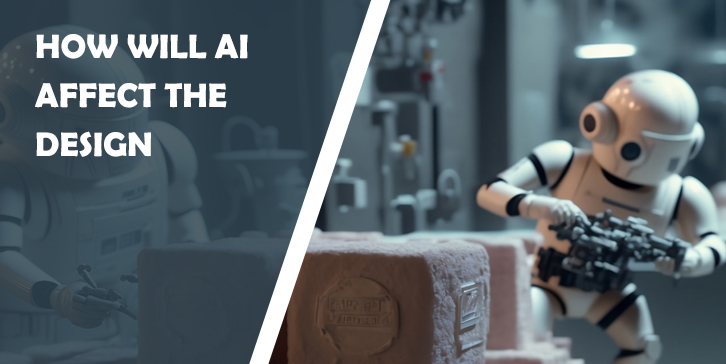

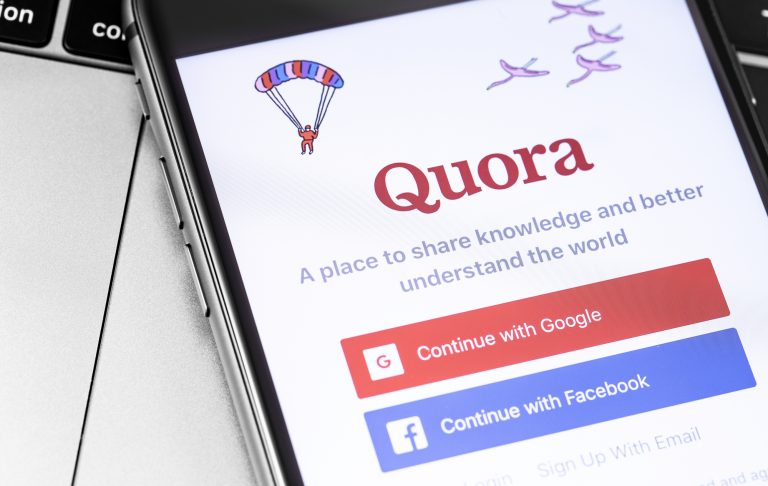
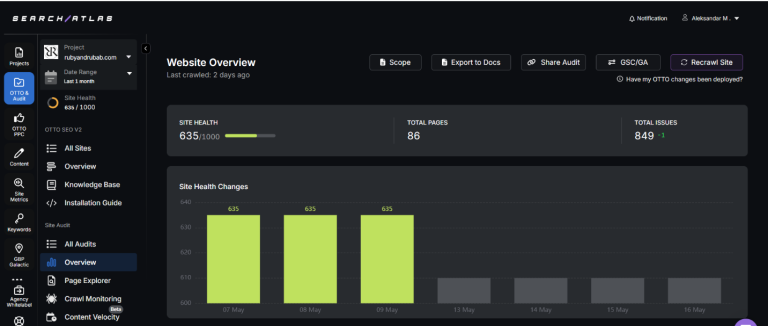

Comments are closed.